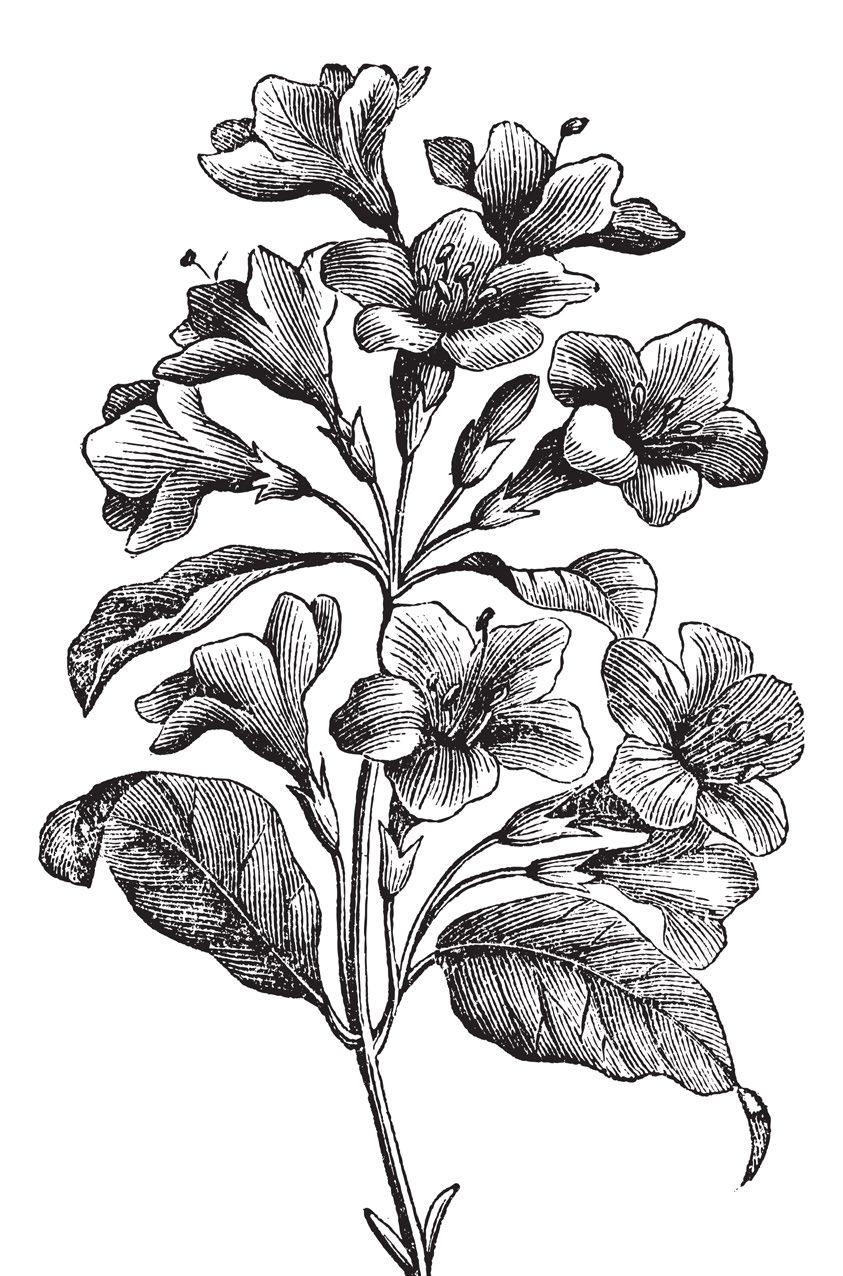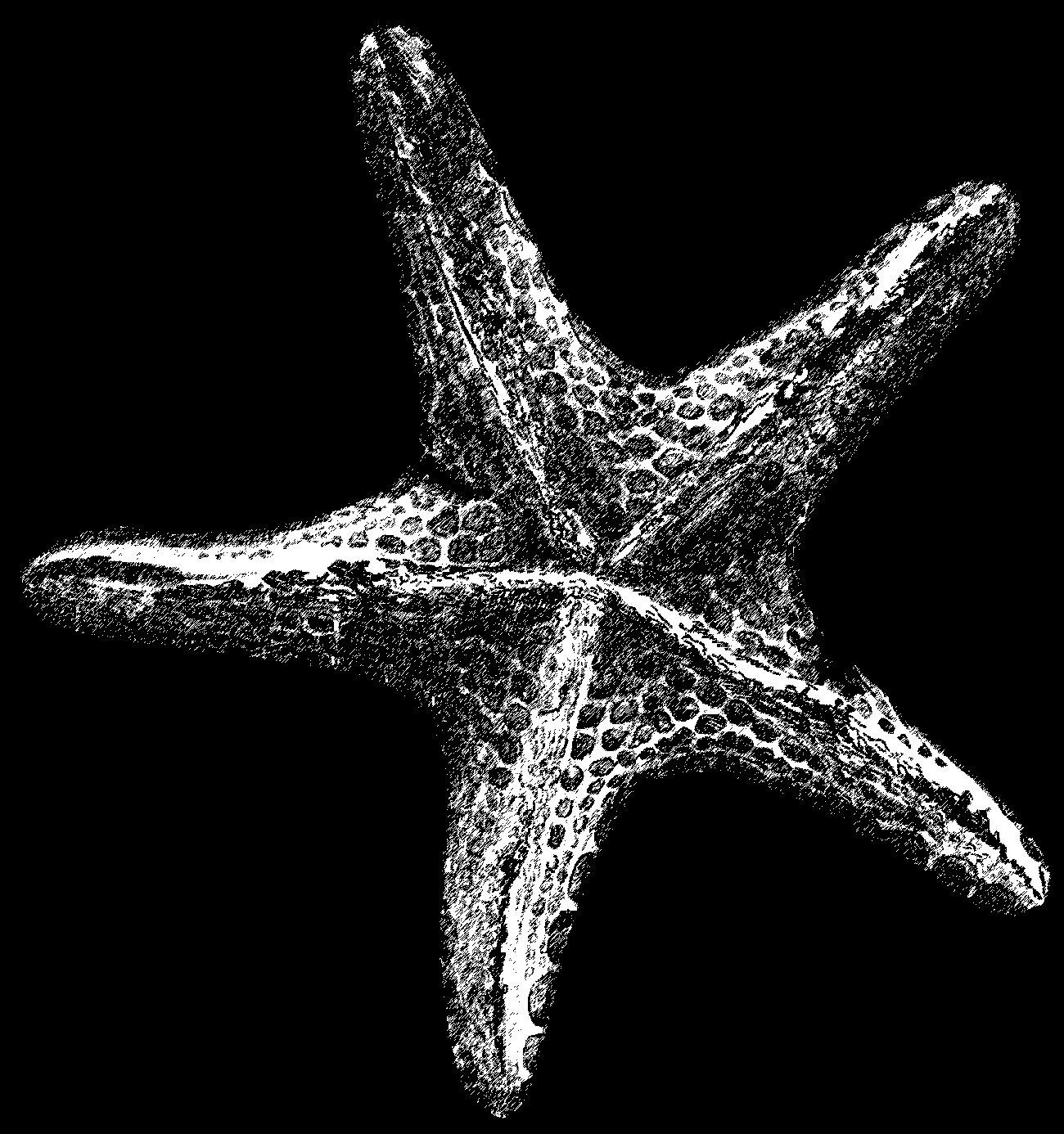
3 minute read
MEET OUR 2023 PRESIDENT’S MEDALISTS
The SEB President’s Medals are awarded annually to young scientists of outstanding merit.
This year’s awards will be presented at the SEB Centenary Conference 2023, which takes place in Edinburgh on 4–7 July 2023.
Many congratulations to our very worthy winners of the 2023 SEB President’s Medal awards.
ANIMAL SECTION Cosima Porteus Assistant Professor, University of Toronto Scarborough
CELL SECTION Dr Yangnan Gu Assistant Professor, University of California, Berkeley

PLANT SECTION Dr Yasin Dagdas Group leader at Gregor Mendel Institute of Molecular Plant Biology

Cosima Porteus received her BSc from the University of Guelph, Canada, majoring in Marine and Freshwater Biology. Early during her undergraduate degree, Cosima became involved in research on freshwater mussels, fish and salamanders and became fascinated by how aquatic animals cope with various environmental challenges. She stayed at the University of Guelph, where she earned her MSc in Integrative Biology under the supervision of Pat Wright, studying the parameters affecting the boundary layers and oxygen supply to developing fish. She then moved to the University of British Columbia, to start her PhD under the supervision of Bill Milsom in the Department of Zoology. Her PhD thesis characterised the timedependent changes that take place in response to low oxygen in fish, highlighting the importance of peripheral oxygen chemoreceptors in establishing these time domains.
As a postdoctoral fellow at the University of Exeter under the supervision of Rod Wilson, Cosima determined why fish exposed to ocean acidification lose their ability to respond appropriately to olfactory cues that are vital for their survival in the wild. The results of this research combined behaviour, electrophysiology and transcriptomics to show a novel mechanism for how ocean acidification affects the behaviour of fish through the olfactory system.

Cosima is currently an Assistant Professor at the University of Toronto Scarborough, where her laboratory is continuing to study the effects and physiological mechanisms of anthropogenic stressors on aquatic animals. Her group have recently shown that ocean acidification negatively affects olfaction in Dungeness crabs, an economically important crustacean, in a similar way as in fish. These findings have wide implications for issues ranging from global food security and marine conservation to recreational and commercially important fisheries.
Yangnan Gu is an Assistant Professor of the Department of Plant & Microbial Biology at the University of California, Berkeley. He received his BS degree in Bioengineering from Xi’an Jiaotong University, China, and earned a PhD degree in Molecular, Cellular, and Developmental Biology and an MS degree in Applied Statistics from Indiana University Bloomington.
Yangnan undertook postdoctoral training at Duke University/Howard Hughes Medical Institute, where he explored the role of a novel nuclear pore complex component in plant immune activation. His laboratory currently emphasises the discovery of novel nuclear membrane proteins and investigating their functional importance in different aspects of plant physiology and cell biology. His group is also interested in exploring the specialisation of nuclear transport receptors in mediating nuclear shuttling of signalling cargos across the nuclear envelope under various environmental conditions, and its significance in determining distinct stress responses in plant cells. He is the winner of Molecular Plant Rising Stars in Plant Sciences and currently serving as Reviewing Editor for The Plant Cell.
Yasin Dagdas is from Turkey, where he completed bachelor’s and master’s degrees in Molecular Biology and Genetics at the Middle East Technical University in Ankara. He then pursued his PhD at the University of Exeter, where he studied plant–microbe interactions with Nick Talbot. His research focused on the development of the rice blast fungus during infection. After earning his PhD, he moved to the Sainsbury Laboratory in Norwich, UK, to work in Sophien Kamoun’s laboratory as a postdoc. There, he studied how effectors from the Irish potato famine pathogen subvert plant membrane trafficking pathways, including autophagy. In 2017, he became a group leader at the Gregor Mendel Institute in Vienna, where he has been exploring autophagy-mediated cellular quality control mechanisms in plants.

Physiology is fascinating in its own right, revealing the mechanisms that underpin animal migration, identifying the environmental tolerances of plants, characterising cellular signalling pathways and so on. It is clear that over the last century experimental biology has revolutionised our understanding of organismal function to a level that would have been unfathomable to the physiologists of the 1800s. Experimental biology has rewritten text books, overturned paradigms and unravelled complex mysteries.
Yet, in parallel to that knowledge renaissance, the last century has also seen unprecedented changes in the environment that are now having manifold consequences for biodiversity. Pollution, invasive species, exploitation, habitat alteration, climate change, disease, emerging stressors and complex multi-stressor interactions make life increasingly challenging for wild organisms. Life is also challenging for the policymakers and practitioners responsible for the sustainable management of biological resources, the protection and restoration of imperilled species and ecosystems, and ensuring we have a planet that is liveable for all.
JEnter Conservation Physiology: a discipline that applies physiological knowledge, concepts and tools to understand and solve conservation problems. In 2013, the SEB and Oxford University Press launched the journal Conservation Physiology in recognition of the fact that experimental biology and physiology were relevant to biodiversity conservation. A decade later this fully open access journal has steady copy flow, a respectable impact factor and an increasingly diverse body of contributors and contributions, proving that the journal is coming into its own and delivering on its promise. The early days were characterised by more fundamental research of potential interest to










